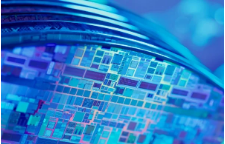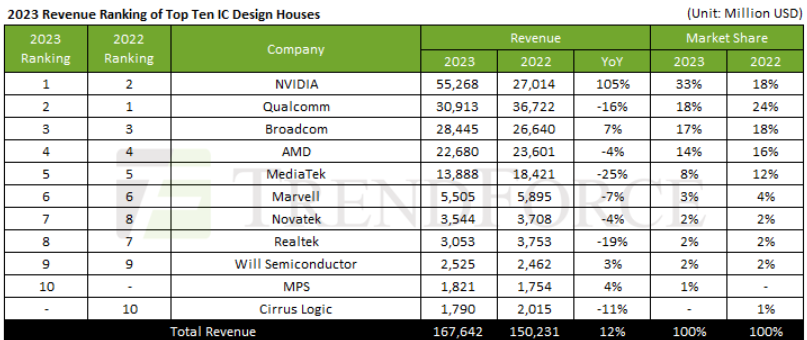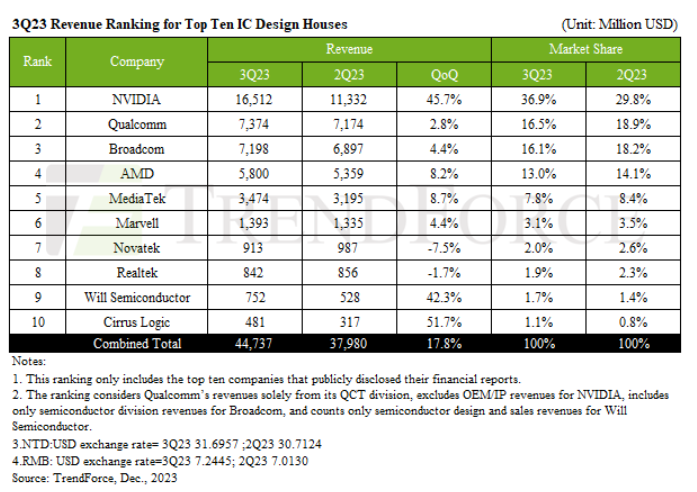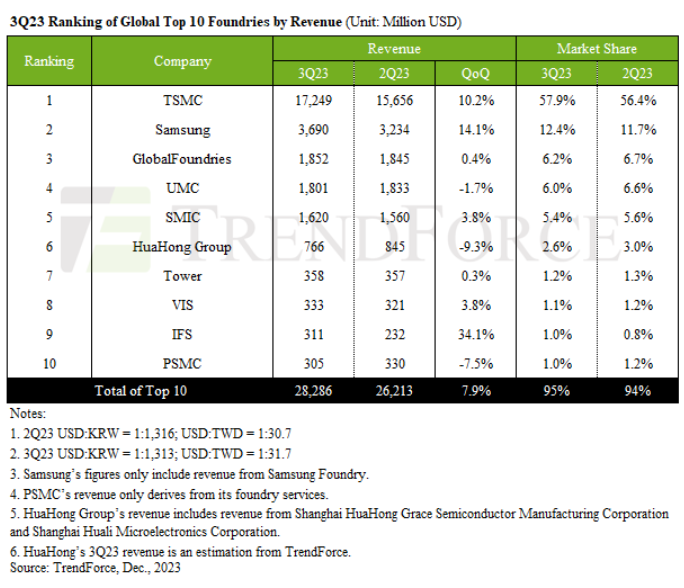Global IC Wafer Shipments, Revenue Hit New Records in 2022
Setting new all-time highs, worldwide silicon wafer shipments in 2022 increased by 3.9% to 14,713 million square inches (MSI) while wafer revenue rose 9.5% to $13.8 billion over the same period, according to the year-end analysis of the silicon wafer industry by the SEMI Silicon Manufacturers Group (SMG).

Last year’s 14,713 MSI total compared to 14,165 MSI shipped in 2021 as silicon wafers supported strong demand for semiconductor devices. Consumption of both 8-inch and 12-inch wafers increased, driven in part by the automotive, industrial, and IoT segments along with the 5G buildout. Wafer revenue reached $13,831 million, surpassing the record previously set in 2021.
Annual Silicon* Industry Trends

“The silicon wafer industry continued to advance despite mounting global macroeconomic concerns,” said Anna-Riikka Vuorikari-Antikainen, Chairman of SEMI SMG and Chief Commercial Officer at Okmetic. “Silicon shipments have grown in nine out of the last 10 years, a testament to silicon’s central role in the vital semiconductor industry.”
Data cited include polished silicon wafers such as virgin test and epitaxial silicon wafers, as well as non-polished silicon wafers shipped to end users.
在线留言询价

Unveiling the Intricacies of IC Design
- 一周热料
- 紧缺物料秒杀
| 型号 | 品牌 | 询价 |
|---|---|---|
| TL431ACLPR | Texas Instruments | |
| CDZVT2R20B | ROHM Semiconductor | |
| RB751G-40T2R | ROHM Semiconductor | |
| BD71847AMWV-E2 | ROHM Semiconductor | |
| MC33074DR2G | onsemi |
| 型号 | 品牌 | 抢购 |
|---|---|---|
| TPS63050YFFR | Texas Instruments | |
| IPZ40N04S5L4R8ATMA1 | Infineon Technologies | |
| ESR03EZPJ151 | ROHM Semiconductor | |
| BP3621 | ROHM Semiconductor | |
| BU33JA2MNVX-CTL | ROHM Semiconductor | |
| STM32F429IGT6 | STMicroelectronics |
- 周排行榜
- 月排行榜
AMEYA360公众号二维码
识别二维码,即可关注

























